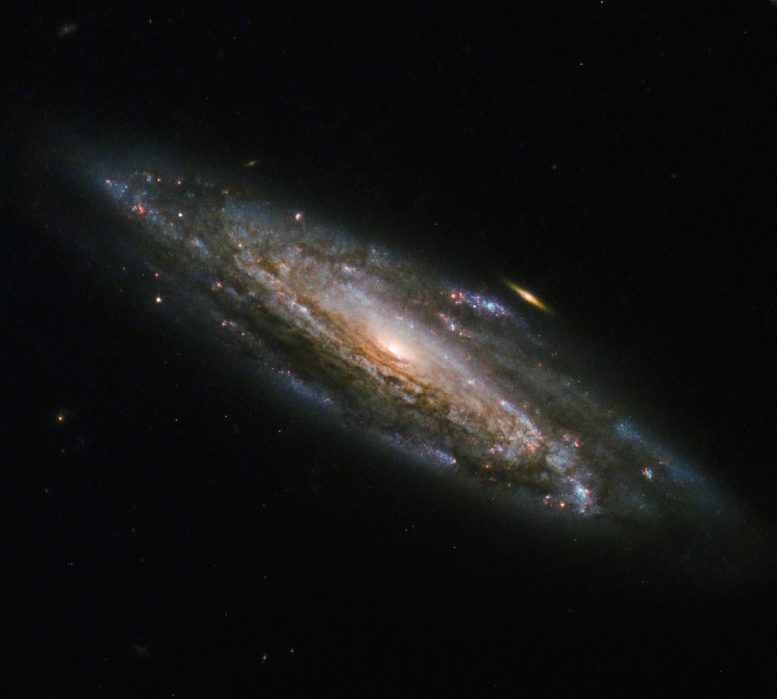
Hubble Space Telescope image of spiral galaxy NGC 5559, which is located approximately 220 million light-years away. Credit: ESA/Hubble & NASA
This newly released Hubble image of the weeks shows spiral galaxy NGC 5559, which is located about 220 million light-years away from Earth.
Like firecrackers lighting up the sky on New Year’s Eve, the majestic spiral arms of NGC 5559 are alight with new stars being born. NGC 5559 is a spiral galaxy, with spiral arms filled with gas and dust sweeping out around the bright galactic bulge. These arms are a rich environment for star formation, dotted with a festive array of colors including the newborn stars glowing blue as a result of their immensely high temperatures.
NGC 5559 was discovered by astronomer William Herschel in 1785 and lies approximately 220 million light-years away in the northern constellation of Boötes (the herdsman).
In 2001, a calcium-rich supernova called 2001co was observed in NGC 5559. Calcium-rich supernovae (Ca-rich SNe) are described as “fast-and-faint”, as they’re less luminous than other types of supernovae and also evolve more rapidly, to reveal spectra dominated by strong calcium lines. 2001co occurred within the disc of NGC 5559 near star-forming regions, but Ca-rich SNe are often observed at large distances from the nearest galaxy, raising curious questions about their progenitors.


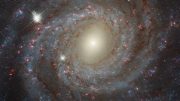
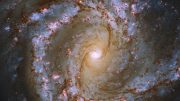
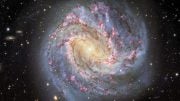
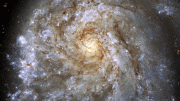
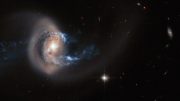
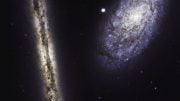
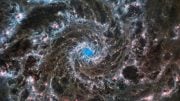
There are some very complicated issues of galaxy formation. Unfortunately, here is the same problem as with the stars. The origin of galaxies remains unclear, in spite of huge activity in the field. What the “formation” means? It means that we have the material that is assembling into galaxies.